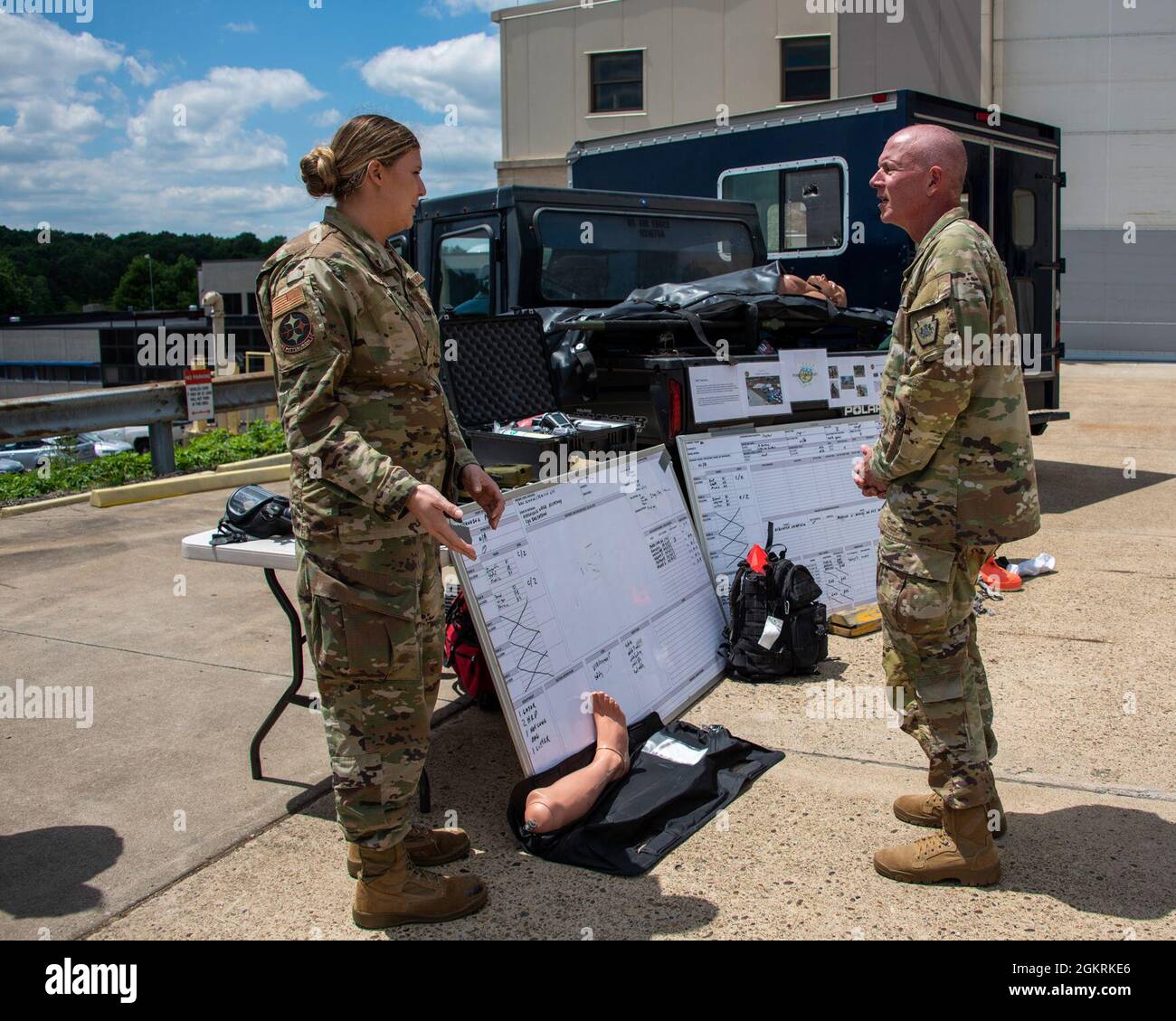Air Assault School Failure Rate - EDITOR'S NOTE: The following is the first of a three-part series detailing a day-by-day account of Cadet Jeff Garner's experience as a student at Fort Campbell's Sabalauski Air Assault school, which he attended Aug. 6-21. Portions of his journal appear and have been edited for syntax.
After graduating from Fort Campbell High School in 2011, Garner fondly considers the installation her home. His family lived in the Werner Park housing community while his mother was assigned to the 101st Airborne Combat Brigade, 101st Airborne Division, where he spent most of his high school years.
Air Assault School Failure Rate

During his time as a Falcon, Garner played both defensive end and tackle for the 2009 FCHS state championship football team and participated in the JROTC program. After graduation, his family found themselves moving again, this time to Fort Sill, OK.
Air Assault, Fort Polk Style
"We moved around our whole lives, even before my mom joined the military," Garner said. “You think it's going to make you more closed off, because you don't want to build relationships because you're moving around a lot, but it actually makes you open up more, meet more people and get out there and network and build relationships. It just makes you more comfortable."
It's that resilience that has led to Garner's continued success — earning a full scholarship to the University of Kentucky after graduation. Now a junior and a member of the Reserve Staff Training Corps in college, he recently returned to Fort Campbell to attend Air Assault school as part of his ROTC program.
It started [zero day] at 3:30 a.m. outside the Sabalauski Air Assault School training grounds. Before the Air Assault sergeants left, everyone was divided into their respective brigades. There were 230 of us [On this day we were told to bring a water bottle, an MRE, a pair of running shoes, our PT belt and be in full Combat Uniform. Wait for "Black Bags". At this point the anticipation finally got to me and I started to get a little nervous. When they finally came out of the bows, she instructed us to shout "LOUD AND THUNDERING IN THE LANGUAGE OF THE AIR." After standing in line and getting our number, we were instructed to enter the school yard. When we entered the school yard, we were surrounded by black shirts. Some shouted at us and told us to shout "Air Raid" every time our left foot hit the ground, others smoked us. Finally we reached our destination - the stages of stage one. Already in the first ten minutes, some people were so tired that they had to go to the doctor.
Our first activity of the day was a two kilometer run. After that we smoked some more and were taken to the obstacle course. We were given a detailed walk through each obstacle and then we were told to start. I was really confident - maybe my ring didn't lift as much, but the O course wasn't bad and I didn't fail a single obstacle. I wanted to try to skip all the fees because they weren't necessary, but I went ahead and did them anyway. A few people were a little bit stuck on the ropes, we'd say "Come on! The only help you can really [offer] is motivation, but I've seen two or three, at least from the obstacles I've been in, where they didn't match up." That day we smoked once more and then we were fired until the next morning at 0330.
Combat Medic Discovers Passion For Running During Pandemic > Pennsylvania National Guard > News Article View
The Fort Campbell Sabalauski Air Assault School is a physically and mentally challenging two-week course designed to train soldiers in Air Assault operations, sling load operations, and rappelling. During the 10-day training course, soldiers are pushed to their limits as they learn not only the technical and tactical aspects of Air Assault training, but also the importance of attention to detail.
"Day zero is really in the process — the soldier hasn't actually joined the course yet," said Staff Sgt. Donald Davenport, Air Assault Sergeant also known as "Black Hat". "Before they go through the arches, they are pre-checked by our first sergeant and the chief of operations. We start passing the soldiers through the arches at 5 o'clock."
Davenport, an Air Assault sergeant assigned to Garner's wing, has taught at the Air Assault School for a year and sees the zero day as an essential tool in reaching the course.

"The first thing we do on day zero is a 2-mile run," Davenport said. "It's ... the process of identifying people who are determined enough to want to be here ... who are physically fit enough to complete the standards before we actually start the teaching cycle from day one If they run away, they have fallen."
Soldier Earns Ranger Tab, Airborne Wings, Air Assault Badge > National Guard > News Features
Immediately after the jump, candidates are introduced to the Air Assault School obstacle course. Designed to test a student's strength, endurance, confidence, behavior and ability at altitude, the course is an important indicator in determining whether a student can complete Air Assault School without becoming a safety hazard to himself or others.
"There are nine obstacles - two mandatory and seven minor obstacles," Davenport said. "They have to pass the two mandatory ones, which are the Challenge and the Climb of Faith. They have two attempts. If they fail these two attempts to negotiate, they are automatically kicked out."
"After the obstacle course, those who make it, walk a short six-kilometer leg, preparing them for the next day's events."
The first day was very difficult. It started at the same time as day zero, but this time we had to have our entire packing list. When we entered the bows, we were told to do "fives and dimes", which was 10 high jumps and 5 pulls. After that, we entered the formation and gave information about our 6-kilometer long walk. Right after that, we started the walk. I had to complete it in one hour and thirty minutes. Since I had smoked the day before, this bench walk seemed more difficult than usual. Before I came here I trained in the mountains... I had a plan. Walking in the mountains and walking in the mountains. This didn't work because most of the bench walking was on flat ground... At first I was just moving from my body... so I run when I'm good and walk when I'm tired, but I caught something. Everyone clicked. I didn't see many people struggling. Everyone seemed very resilient, they were running very hard, fast and steady. Some people can tell you, it hurts a lot more than others. Other people were more natural - they had that experience. It was a bit more difficult for me. Other students helped me. [They] told me, 'run two light poles and then run one' or 'run one and run two, and use it.' This helped me a lot. I managed to finish the walk in five minutes.
U.s. Missiles Sent To Ukraine Aren't Easily Replaced, Panel Tells Senate
Immediately after the beach walk we had ten minutes to set up our equipment for inspection. About six people were cut off because they did not adjust their equipment properly. Luckily I was able to secure my gear in a minute.
After checking in, we were taken to the classroom for our first session. In this lesson we learned about the different types of helicopters and their capabilities. They also took us outside and taught us hand and arm signals. After that we did another session [physical training] and finally we were able to go.
When students begin their first official day of Air Assault School, they are already familiar with the "Five and Dimes" drills, which they perform every day as they enter and leave the school arches.

"They should be asked to ground their gear, do five pull-ups, then put on their gear and then do 10 high-flying air assault kicks, with their feet above their body and their toes and toes together. form a diamond together — muscle groups needed. to thrive in Air Assault School,” Davenport said.
A Culture That Fosters Sexual Assaults And Sexual Harassment Persists Despite Prevention Efforts, A New Pentagon Study Shows
After entering the arches, the students prepare for their first event of the day - a six-mile road walk.
"After setting up, we give them a quick, equipment check and then right around 3:30 [a.m.) that's when we actually get up for the 6-miler," Davenport said. "After the six kilometer walk, they have about 15 minutes to gather their gear, get water and make sure their canteens are up. Then we get them back into formation and get them ready for our 'Ten Layout'."
In this review, students have 10 minutes to put all the checked items in a specific way on their packing list. The importance of this temporary event is attention to detail.
"In this course, we're constantly paying attention to the details," Davenport said. "The smallest mistake, in a real situation or in a mission, can cause
Mastering Air Assault
Second degree assault washington state, 2nd degree assault sentence, 2nd degree aggravated assault, 2nd degree assault mn, 2nd degree assault, 2nd degree assault definition, 3rd degree assault washington state, 4th degree assault washington state, 2nd degree felony assault, 4th degree assault washington, what is assault 2nd degree, 2nd degree assault charges

